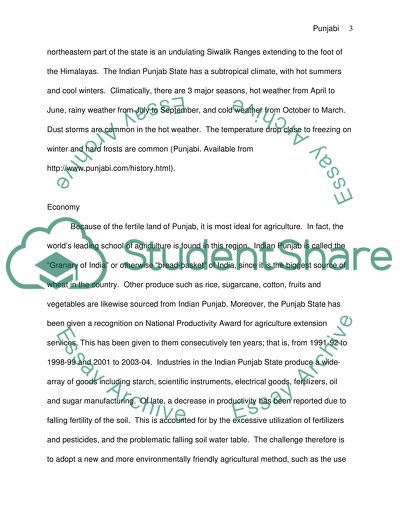Cite this document
(East Indian Punjabi Society Term Paper Example | Topics and Well Written Essays - 2000 words, n.d.)
East Indian Punjabi Society Term Paper Example | Topics and Well Written Essays - 2000 words. Retrieved from https://studentshare.org/sociology/1559065-sociology-east-indian-punjabi-society
East Indian Punjabi Society Term Paper Example | Topics and Well Written Essays - 2000 words. Retrieved from https://studentshare.org/sociology/1559065-sociology-east-indian-punjabi-society
(East Indian Punjabi Society Term Paper Example | Topics and Well Written Essays - 2000 Words)
East Indian Punjabi Society Term Paper Example | Topics and Well Written Essays - 2000 Words. https://studentshare.org/sociology/1559065-sociology-east-indian-punjabi-society.
East Indian Punjabi Society Term Paper Example | Topics and Well Written Essays - 2000 Words. https://studentshare.org/sociology/1559065-sociology-east-indian-punjabi-society.
“East Indian Punjabi Society Term Paper Example | Topics and Well Written Essays - 2000 Words”. https://studentshare.org/sociology/1559065-sociology-east-indian-punjabi-society.


